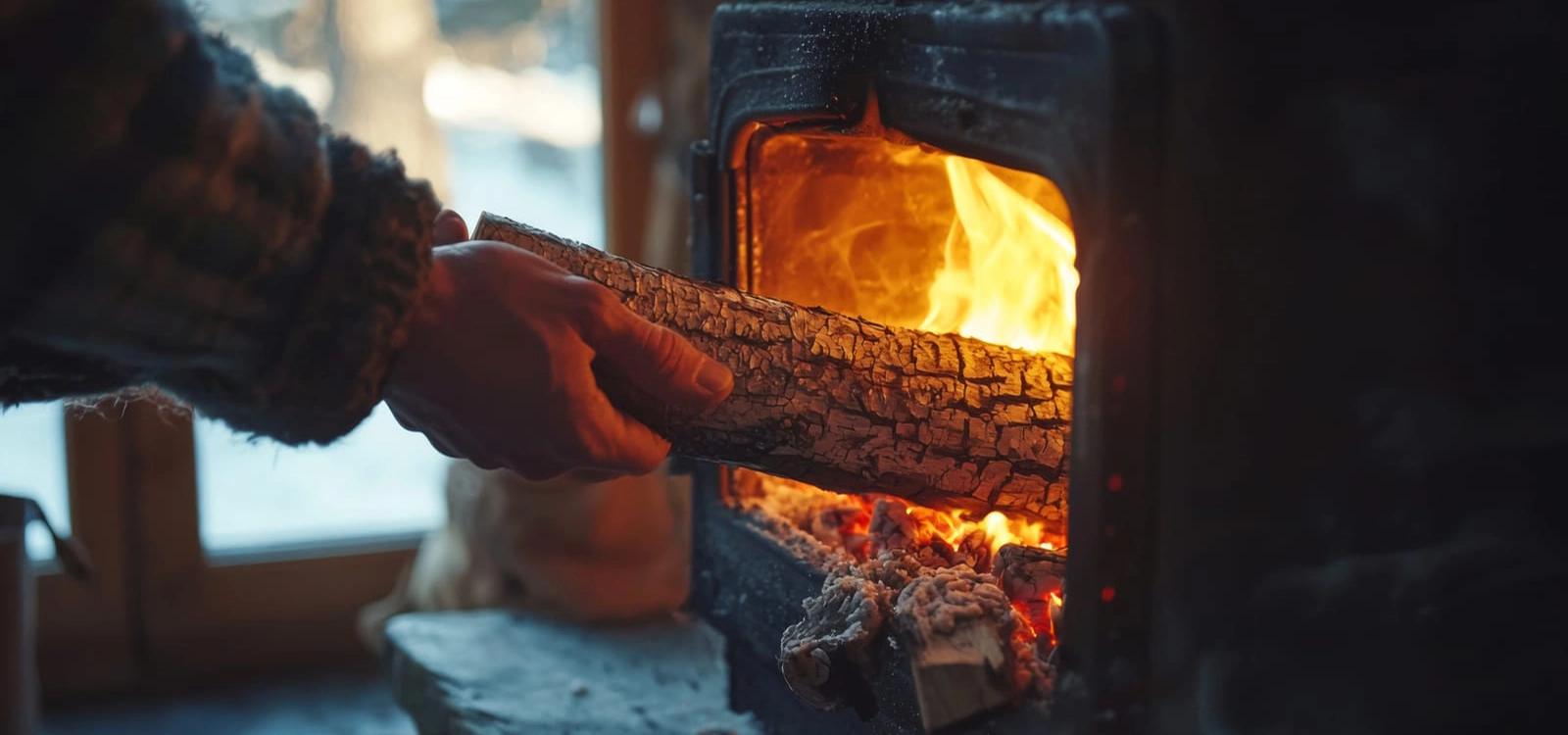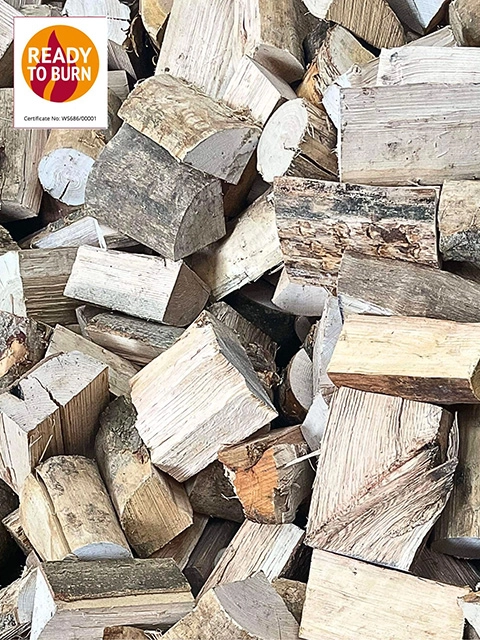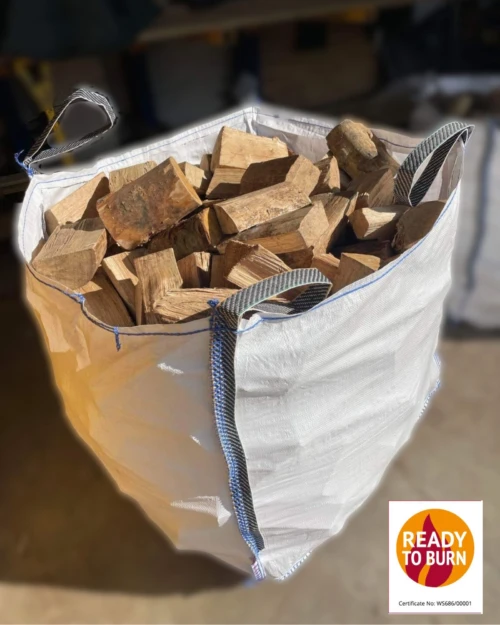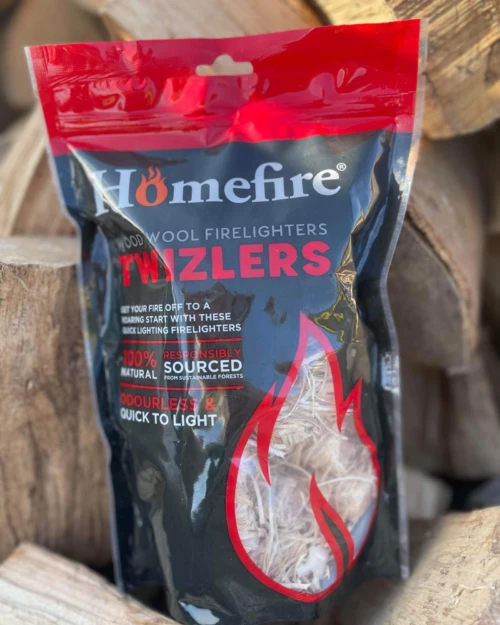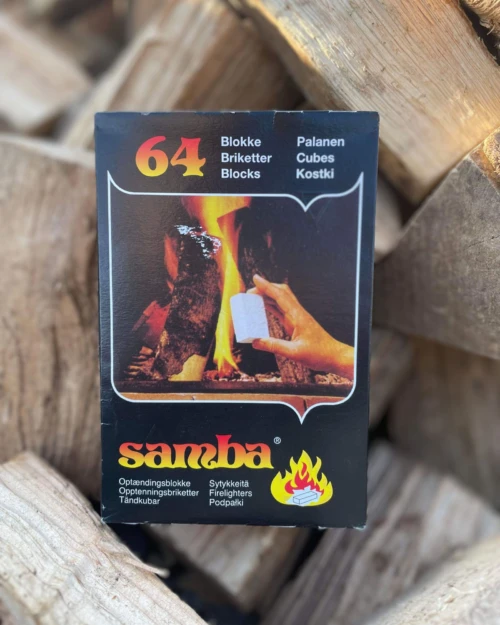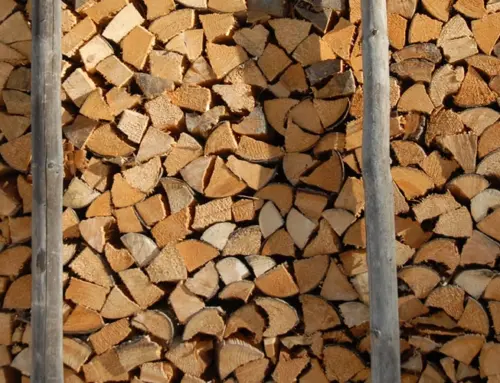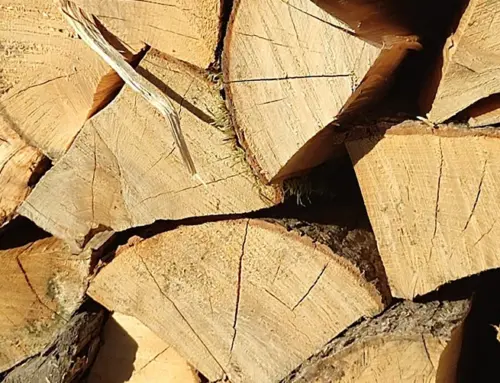Kiln-dried logs have become a popular choice for those looking to heat their homes more efficiently and cost-effectively. With moisture content typically under 20%, these logs burn cleaner, hotter, and longer than traditional seasoned wood. If you’re evaluating options for your fireplace or stove, understanding the advantages of kiln-dried logs can help you make smarter purchasing decisions. This post explores why kiln-dried logs are more efficient, how to choose the right logs for sale, and what to consider when arranging logs delivered to your door.
Understanding the moisture difference: kiln-dried vs seasoned wood
- Kiln-dried logs are dried in a controlled environment, reducing moisture to under 20%.
- Seasoned wood usually sits to dry naturally for a long period, but moisture levels can vary and often remain higher than kiln-dried options.
- Lower moisture content means more energy available for combustion, resulting in higher heat output per log.
When moisture is high, energy goes into evaporating water rather than producing heat. Kiln-dried logs minimize this energy drain, so you get more heat per log from each burn. This difference translates into faster ignition, steadier flames, and a more efficient overall burn.
The practical benefits: heat, burn time, and cost
- More heat per log: With less energy wasted on evaporation, the burning wood releases more heat into your space.
- Longer-lasting fires: A drier log tends to burn more steadily and for a longer period, reducing the need to constantly reload.
- Higher efficiency: Cleaner burns produce fewer sparks and less creosote, improving fireplace safety and reducing maintenance.
- Cost savings over winter: Although kiln-dried logs may have a higher upfront price, the increased burn efficiency often means you use fewer logs overall, potentially lowering total expenditure across a cold season.
If you’re planning to rely on a wood-burning stove or chimney fireplace, the math often weighs in favor of kiln-dried logs: fewer logs required to meet your heating needs while delivering more warmth when you need it most.
How to source kiln-dried logs: tips for buyers
- Logs for sale: Look for reputable suppliers who clearly label kiln-dried products and provide moisture content specifications. Reliable vendors will state that their logs are kiln-dried to under 20% moisture.
- Log Suppliers Near Me: Local suppliers can offer quick delivery and reduced transportation emissions. Search for nearby providers, check reviews, and confirm that they offer kiln-dried options.
- Logs delivered: Convenience matters. Many suppliers offer delivery windows and pre-split logs, which can save you time and effort, especially in winter.
- Log Storage: Proper storage is essential to maintain the benefits of kiln-dried wood. Store logs off the ground, away from damp walls, with good air circulation. A dry, sheltered, well-ventilated space helps preserve the low moisture content.
- Logs For Sale Clitheroe: If you’re in or around Clitheroe, you’ll want to explore local options that stock kiln-dried logs. Local availability often means fresher shipments and easier maintenance of supply during peak season.
- Why Are Kiln-Dried Logs More Efficient: The key question many buyers ask is about efficiency. Kiln-dried logs burn hotter and longer because their energy isn’t consumed by evaporating moisture. This efficiency translates to real-world savings and a more reliable heat source.
Storage and handling: maximizing the benefits
- Proper storage enhances burn quality. Keep logs off the ground, off damp surfaces, and stack them in a way that promotes airflow.
- Cover the top of the stack to protect from rain while leaving sides exposed for aeration. Excess moisture can quickly creep back into wood that’s not adequately ventilated.
- Keep a log hold relatively close to the heat source for quick access during cold snaps, but avoid stacking logs directly against walls or the stove to prevent fire hazards.
- Inspect logs before use. Kiln-dried logs can appear similar to seasoned wood, but moisture content is the differentiator. If logs feel damp or heavy, they may have absorbed moisture after delivery.
A practical buying guide: making the most of your investment
- Compare moisture content: Aim for kiln-dried logs with moisture content under 20%. Ask for certification or a moisture meter reading from the supplier.
- Consider log size and density: Split logs burn more evenly and faster, which is especially beneficial for smaller stoves or fire pits.
- Evaluate supplier reliability: Choose a supplier with consistent stock, clear pricing, and reliable delivery options. If you’re searching for “Log Suppliers Near Me,” request testimonials or recent customer experiences.
- Check seasonal availability: Winter demand spikes can affect delivery times. Plan ahead and secure a steady supply to avoid shortages during cold snaps.
- Review environmental impact: Kiln-drying uses energy, but the increased efficiency of burns can offset the initial energy input. If you’re environmentally conscious, ask suppliers about sustainable kiln-drying practices.
Choosing kiln-dried logs over traditional seasoned wood can lead to real, tangible benefits: more heat per log, longer burn times, cleaner combustion, and potential savings over the winter season. By understanding the moisture dynamics and how to source, store, and use kiln-dried logs effectively, you can optimize your heating strategy and enjoy a warmer, more efficient home.
Whether you’re browsing for Logs For Sale Clitheroe or looking for Log Suppliers Near Me to restock before the cold months, the key is to verify moisture content, ensure proper storage, and select logs that fit your stove or fireplace. Kiln-dried logs aren’t just last season’s trend; they’re a practical solution for reliable heat, cost efficiency, and a more comfortable home during the dreariest months.
If you’re considering how to maximize heat while minimizing effort this winter, kiln-dried logs offer a straightforward answer: fewer logs with greater warmth, longer burns, and better overall efficiency.


